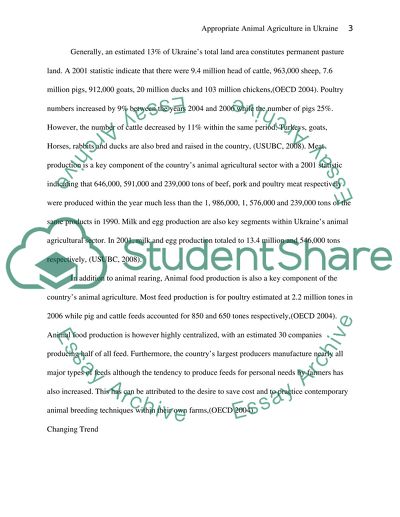Cite this document
(“Animal Agriculture in Ukraine Essay Example | Topics and Well Written Essays - 2500 words”, n.d.)
Retrieved from https://studentshare.org/environmental-studies/1415326-animal-agriculture-in-ukraine
Retrieved from https://studentshare.org/environmental-studies/1415326-animal-agriculture-in-ukraine
(Animal Agriculture in Ukraine Essay Example | Topics and Well Written Essays - 2500 Words)
https://studentshare.org/environmental-studies/1415326-animal-agriculture-in-ukraine.
https://studentshare.org/environmental-studies/1415326-animal-agriculture-in-ukraine.
“Animal Agriculture in Ukraine Essay Example | Topics and Well Written Essays - 2500 Words”, n.d. https://studentshare.org/environmental-studies/1415326-animal-agriculture-in-ukraine.


